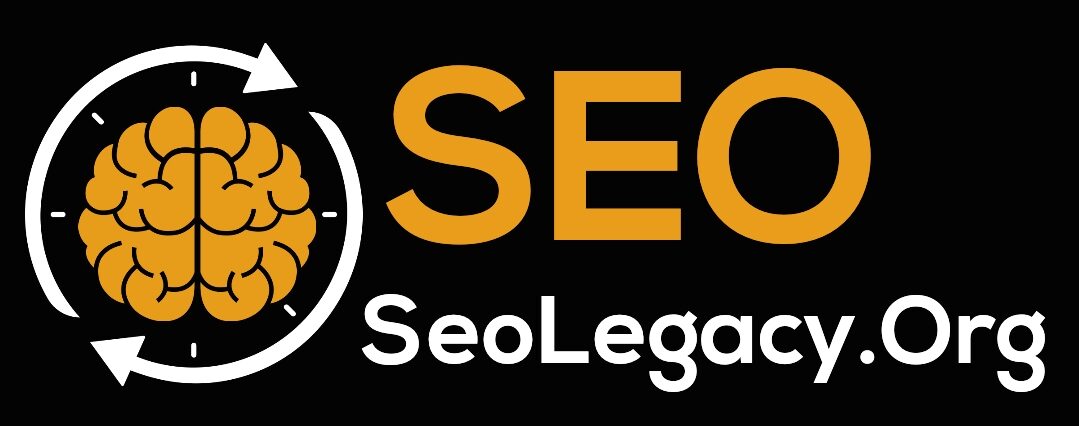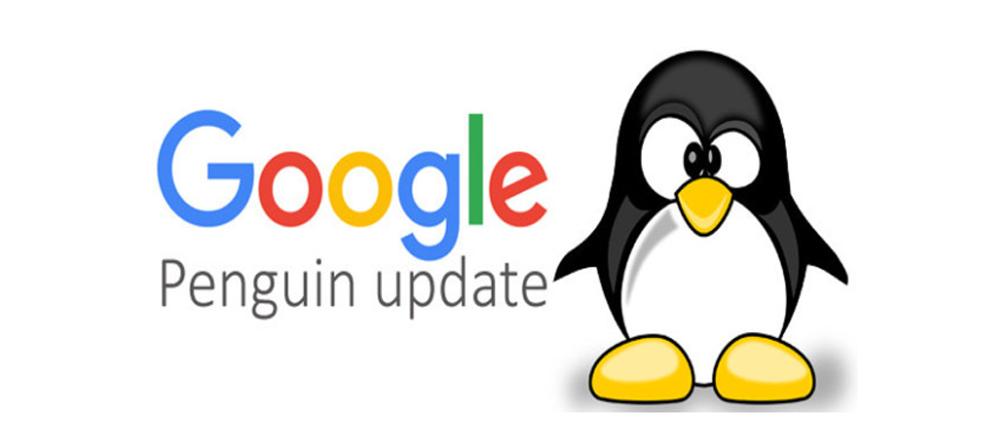OnPage Optimization – the best WordPress SEO tips
It took some time, but the website is ready. It was created with WordPress and contains articles worth reading. Now you have to take care of the search engine optimization: A high Google ranking does not come by itself, but requires a good concept. Here you will find helpful information about on-page optimization especially for WordPress.
OnPage Optimization can also be easy
For this you need a free plugin like YOAST Plugin. Alternatively, All in One SEO Pack or wpSEO are possible. They have a simple design and are also suitable for beginners. A traffic light system at Yoast shows how well a post is optimized. Instead of this “big fix” you can install a small plugin for a specific function. The tools should have received at least one update in the last few months, otherwise they could be outdated.
Is the side theme technically mature?
Before you get bogged down in the details, you should clarify this basic question. Responsive web design is mandatory to get a high Google ranking. Fast loading times are another plus point, although it is important to optimize the files. With the plugin Imagify you can compress the photos directly during the upload.
Sitemaps: Guides for robots
A search engine needs to make its way through your site. Since she has no eyes, she is dependent on aids. The bot can easily get lost, especially on large pages. An XML sitemap is a simple way out: it is included in almost every SEO tool or can be installed separately as a plugin. Here, the Google XML sitemaps plugin has proven itself as a competent site guide.
Set strong, descriptive link titles
With on-page optimization, it is important to make a page as user-friendly as possible. After all, the user should classify a redirect as helpful and not as spam. Some webmasters rely on the visitor to click on the link in order to earn a commission. Even small details can ensure higher yields.
As soon as you mark a word and click on the link symbol, another window pops up. Here you can choose a meaningful title for the link. How to increase the usability of a website!
In the area of on-page optimization, you can always link the same keyword, Google doesn’t mind. The situation is different with links to external websites: If you constantly use the term “cheap dog food”, you could get a penalty.
Permalinks are another aspect of search engine optimization. A random series of numbers in the URL does not make a good impression on the visitor. Let the links do the talking, which users and robots will thank you for. Select the “Settings” tab and then the “Permalinks” item.
Structure of the texts
An article should start with a main heading (H1). This is usually the default in WordPress and you don’t need to make any changes. The situation is different in the article: Here you should define two to four sub-headlines with H2, depending on the length of the text. Avoid funny puns, because clear titles are easier to find. For search engine optimization, you should place the keyword in the H1 and an H2 heading.
OnPage SEO – basic data of a website
Every person has a first and last name. With a homepage, it is the meta information that gives it an individual touch. Think of a suitable title and a clear description. If someone searches for your page, this information will appear in the search results. In addition, you should provide your own meta information for articles and pages. This has the advantage that a separate text appears on Google for each keyword.
In general, you should optimize the articles and pages individually: When it comes to keywords, you must not blindly trust tools such as the Yoast plugin. Google pays more and more attention to good content and that includes variations of the keyword. Unfortunately, some tools already fail when recognizing the plural form. WordPress is useful web software, but it’s not perfect, especially when it comes to plugins.
You should also set individual advertising links to NoFollow. Some webmasters are targeting the competition at NoIndex, but that view is outdated. On the contrary: visitors stay longer on your site, which means you stay longer – and that is a great ranking criterion!
Info: Authorship is recommended in some blogs, but this function was abandoned by Google at the end of 2014.
SEO: Describe images
Google cannot “view” images on your WordPress site. The search engine recognizes only the text that is written in the description. Therefore, you should think about the correct description. Google image search is a valuable source of traffic that is often underestimated. The photo’s filename should contain the keyword or a variation. To do this, go to the “Media” tab and select the desired image. Here you can make changes for search engine optimization.
Conclusion: These tips can be put into practice relatively quickly in WordPress. With a tool like the Yoast plugin, you can keep an eye on most SEO measures. With the keywords, however, you should check carefully whether plural forms or variations are also analyzed.



